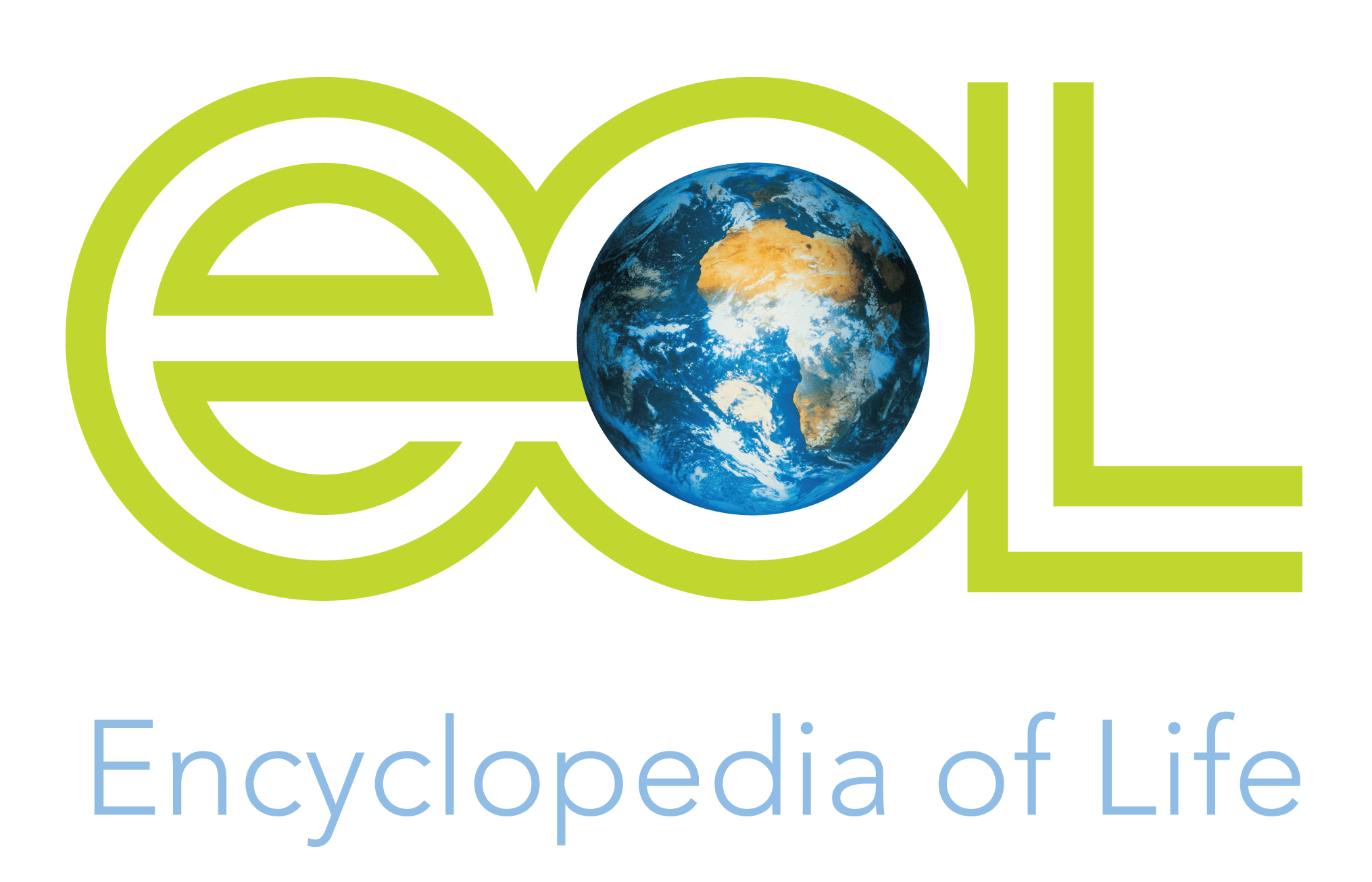habitat_narrative
Terrestrial
Psammobates oculifer occurs in semi-arid to arid regions on the central plateau of southern Africa, at altitudes of 800-1,500 m. It inhabits mostly savannas, but has a peripheral presence in dry Highveld grassland and Nama-Karoo. Its habitat consists of undulating, sandy plains with open tree cover and well-developed grass and shrub layers. During unfavourable periods P. oculifer shelters under dense vegetation or in animal burrows. Its distribution is possibly influenced by burrow availability, which provides protection against intense summer heat (Keswick and Hofmeyr 2014). Males mature at a smaller size and younger age (12 years) than females (14 years) do, although growth rates do not differ between sexes (Keswick and Hofmeyr 2013). Their growth rate is slower than in many other chelonians, but corresponds to that of other arid-adapted chelonians in South Africa, e.g., Homopus signatus (Loehr et al. 2007). Mating occurs from spring to summer (Keswick 2012) and females produce one egg at a time in summer (Rall 1990). It is not known if the species produces more than one clutch per season. The skewed population size structure, however, is indicative of low recruitment and/or low juvenile survivorship (Keswick and Hofmeyr 2013). Activity is highest in spring and tortoises in the Kimberley district remain active, but at a low level, in winter (Keswick 2012). There have been reports of P. oculifer aestivating or brumating in response to winter aridity or cold (Milstein 1968). Their diet includes mostly forbs and succulents, but the species also eats grasses during dry conditions (Rall and Fairall 1993). Annual home range estimates vary substantially, from as low as 0.7 ha to as high as 306 ha (minimum convex polygons), which is high for a small tortoise but may relate to patchy distribution of resources in the habitat (Keswick 2012).
